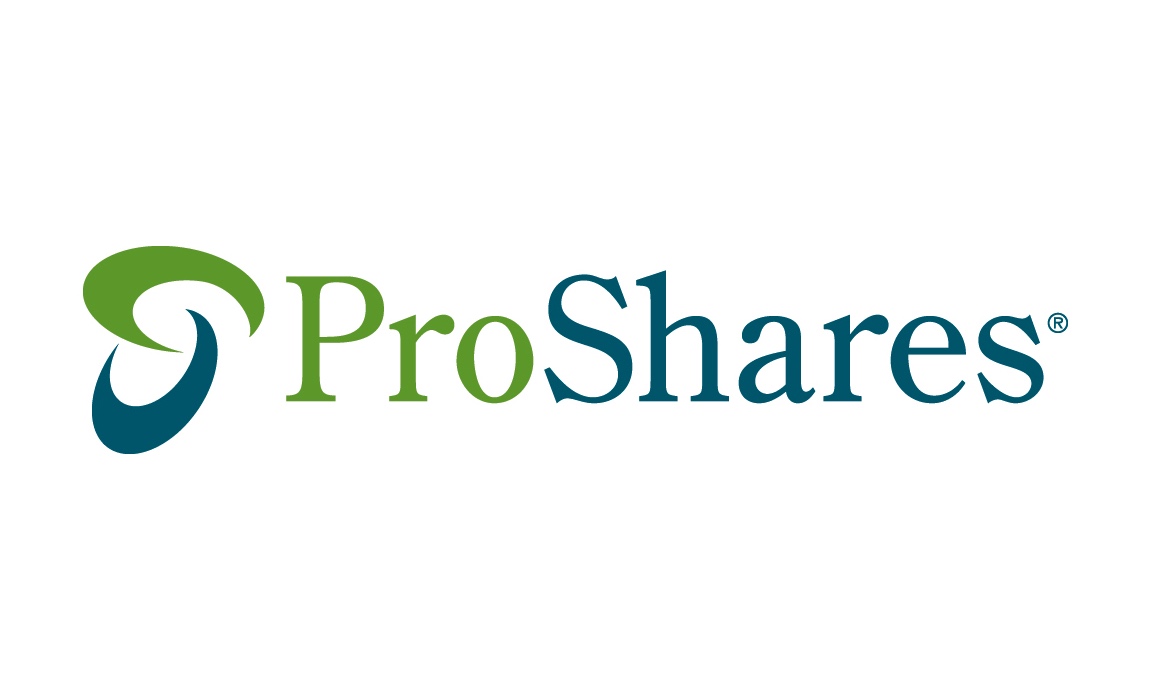Editors note 9/3/18:
The original version of this article, published 6 March 2018, stated that RISR had listed. This was incorrect. At the time of publishing, RISR was yet to list. We regret the errors.
Today's new ETF listings from around the world.
USA
PowerShares powers up with interest rate sensitive ETF
Invesco PowerShares is listing a new interest rate sensitive ETF that tracks S&P 500 companies based on how sensitive they are to rate hikes. The PowerShares S&P 500 Rising Rates Portfolio (RISR) will track the S&P like any other fund but will bring in a different weighting scheme.
RISR will weight companies based on how sensitive they are to monthly changes in 10-year Treasury yields over the past five years. Companies that have more "positive sensitivity" - meaning their share price improves when rates rise - will be weighted more highly. Companies' whose stock prices fall when rates go up will receive less weighting. As a company's share price sensitivity changes, so too will the weighting it receives.
The listing will complement PowerShares other rate-sensitive S&P ETF, the PowerShares S&P 500 ex-Rate Sensitive Low Volatility ETF (XRLV). XRLV is, essentially, a low volatility ETF and does the opposite to RISR: weights company more that are less volatile when rates go up.
Analysis - ProShares experience
Rate-sensitive indexing is usually the province of fixed income ETFs. Thus fund providers have come up with a shipping crate of products designed to protect bond yields if interest rates rise (floating rate, actively managed, ultra-short term, etc. etc.) Less concern, however, has been given to how rising rates may affect equity.
Yet PowerShares isn't the first to list a rate-sensitive equity ETF. ProShares appears to have been first to market, listing the helpfully-named ProShares Equities For Rising Rates ETF (EQRR) in July 2017.
But if EQRR's experience is anything to go by, it may be hard for RISR to gather assets. Almost a year in EQRR has $15m in AUM - which is probably below the fund's breakeven cost ($50m being the most cited breakeven figure for running an ETF). Yet this may be because interest rates have not risen as much or as quickly as many predicted. And hey, it may well change if rates do rise.




